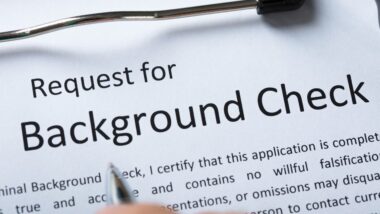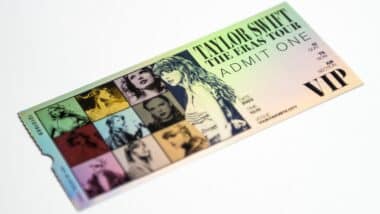 There are a couple things we do when we get receipts: we either store them carefully or keep them around for a while and then toss them.
There are a couple things we do when we get receipts: we either store them carefully or keep them around for a while and then toss them.
Regardless of your approach to receipts, the one thing everybody should do every time is check that companies have followed FACTA credit card receipt rules.
FACTA credit card receipt rules are in place to protect consumers from potential identity theft and fraud and enable them to call companies out for failing to properly protect their information.
FACTA Basics
FACTA credit card receipt rules, or the Fair and Accurate Credit Transactions Act, was first passed in 2003 and has been in full force since 2006.
FACTA credit card receipt rules cover just a couple of simple things: your debit or credit card number and your card’s expiration date.
Both of these numbers have very specific rules for how they are allowed to appear on a receipt, helping to prevent potential fraudsters from gaining access to information that could allow them to commit fraud or identity theft.
First, FACTA credit card receipt rules require that a large portion of a consumer’s credit card number must be censored, or truncated. Only the last five digits of a debit or credit card number may be displayed on a receipt. The rest is generally censored with asterisks.
Many businesses choose to censor everything but the last four digits for the sake of simplicity, given that credit card numbers are split into four-digit segments.
Receipt machines should by now be completely up-to-date with FACTA credit card receipt rules, including both card number truncation and expiration date censoring.
Credit card receipts, when following FACTA rules, should either look something like this:
**** **** **** 1234
or
**** **** ***1 2345
By contrast, this:
1234 **** **** ****
is not acceptable. While less than five digits are showing in this number, they are not taken from the last five digits, and therefore violates FACTA credit card receipt rules.
The other major aspect of FACTA credit card receipt rules is that the card’s expiration date must be completely censored, like so:
**/****
or
**/**
It should be noted that hand-written receipts, which are very rare nowadays, are exempt from these FACTA credit card receipt rules.
If you notice your full credit card number on your receipts is printed, you may be able to file a complaint or lawsuit.
Knowing FACTA credit card receipt rules and recognizing its violations can protect not only you, but hundreds or even thousands of other consumers from identity theft and fraud.
If a company is using a receipt machine that has not been updated to accurately comply with FACTA rules, then any violations that machine prints are consistent across the rest of its customers’ receipts as well.
Check for your full credit card number on your receipts on a regular basis to determine whether or not a retailer has properly complied with FACTA rules. In order to prove that a company violated FACTA, keep your receipts that clearly show FACTA violations.
Filing a FACTA lawsuit may lead to substantial damages as well as attorney’s fees. Indeed, FACTA awards statutory damages of up to $1,000 per individual violation.
Free FACTA Class Action Lawsuit Investigation
If you made one or more purchases and the retailer provided you with a receipt that contained more than the last five digits of your credit or debit card number or the expiration date, you may be eligible for a free class action lawsuit investigation and to pursue compensation for these FACTA violations.
ATTORNEY ADVERTISING
Top Class Actions is a Proud Member of the American Bar Association
LEGAL INFORMATION IS NOT LEGAL ADVICE
Top Class Actions Legal Statement
©2008 – 2025 Top Class Actions® LLC
Various Trademarks held by their respective owners
This website is not intended for viewing or usage by European Union citizens.














